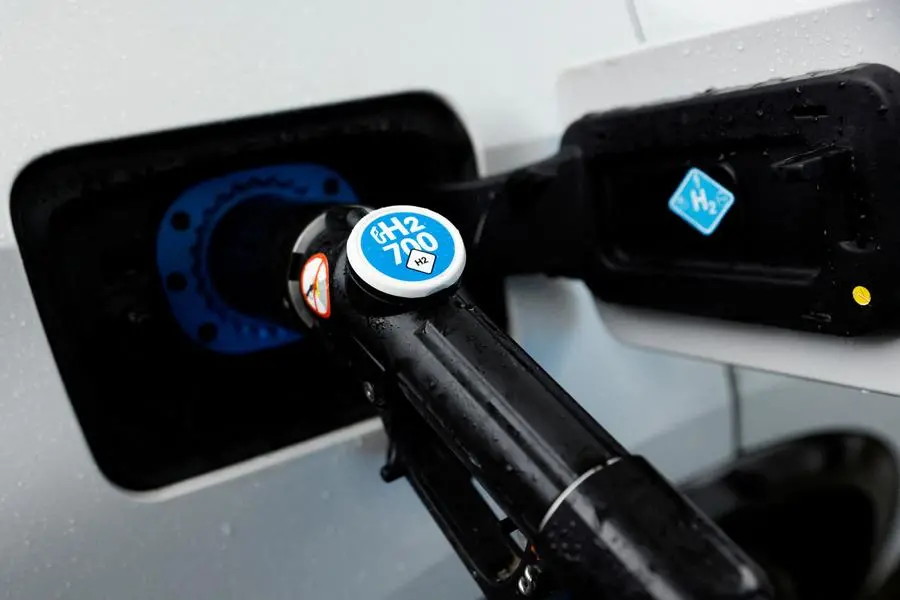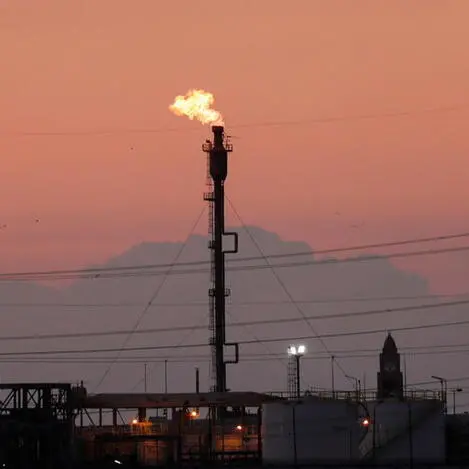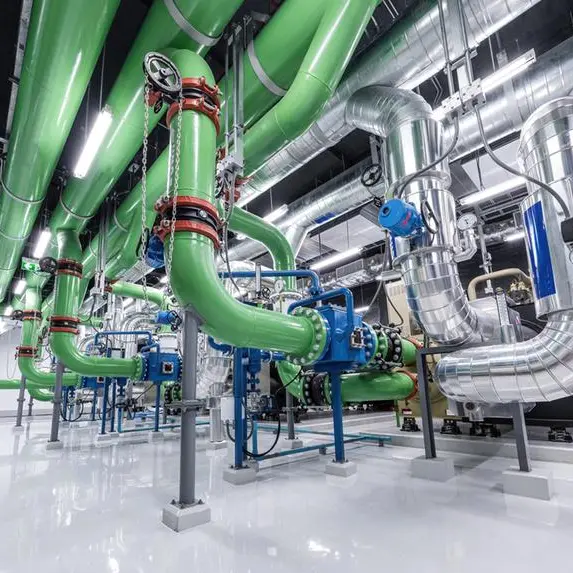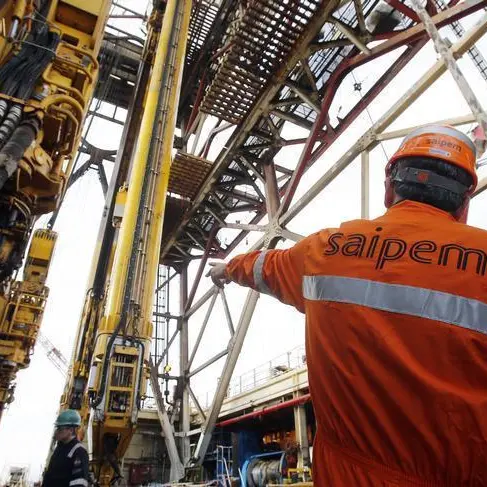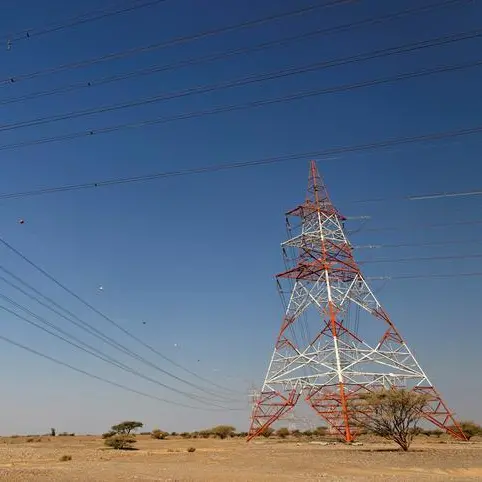PHOTO
MELBOURNE: A valve failure that caused a flame to flare up briefly on the world's first liquid hydrogen carrier before its first trip from Australia to Japan highlighted the need for strong fault detection systems, an Australian safety report found.
The cause of the incident on the Suiso Frontier on Jan. 25 last year has been fixed, the Australian Transportation Safety Board said in a report released last week. The ship had loaded liquid hydrogen for the trip the day before.
"Safety has always been our highest priority. The experience gained through this independent investigation will help to improve our approach and maintain even safer operations in the future," said the ship's builder, Kawasaki Heavy Industries (KHI).
"This will be no impact on future construction plans for liquefied hydrogen carriers or on the progress of projects," a company spokesperson said on Monday, adding that it still plans to build a commercial-scale hydrogen carrier by the mid-2020s.
The malfunction did not stop the ship going ahead with its test journey, and KHI said in March the trip had shown that shipping liquid hydrogen was technically feasible.
Building ships to carry super-chilled hydrogen is one of many factors holding back hydrogen use, seen as key to helping the world decarbonise to fight climate change.
The malfunction on the Suiso Frontier was because of an automated valve in its gas combustion unit being damaged during the ship's journey from Japan to Australia as it had the wrong specification for the control system's power supply, the safety bureau said in its report released on Feb. 2.
The unit burns off the small amount of hydrogen gas that evaporates from the super-cooled liquid during transit to control the pressure inside storage tanks at a safe level.
When the valve failed, an air fan damper closed, overheating the gas combustion unit, which caused the hydrogen flame inside the unit to flare up through a vent on the ship's deck.
The unit did not have equipment to detect the closing of the air damper and had ineffective flame scanners, so the combustion unit's alarm and shut-down mechanisms did not activate in time to stop the flame flaring. "This incident highlights the importance of ensuring automated shipboard operating systems are equipped with safety controls to prevent hazardous consequences in the event of a malfunction," the agency said.
The German firm that built the gas combustion unit, Saacke, has since installed new equipment on the unit's air fan discharge dampers and has programmed the unit to shut down if a fault is detected, the bureau said. (Reporting by Sonali Paul in Melbourne; Additional reporting by Yuka Obayashi in Tokyo; Editing by Christian Schmollinger and Ed Osmond)
